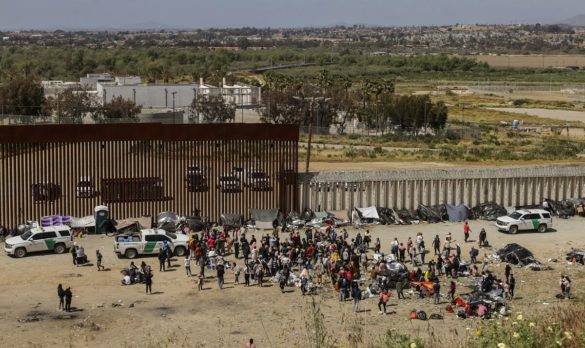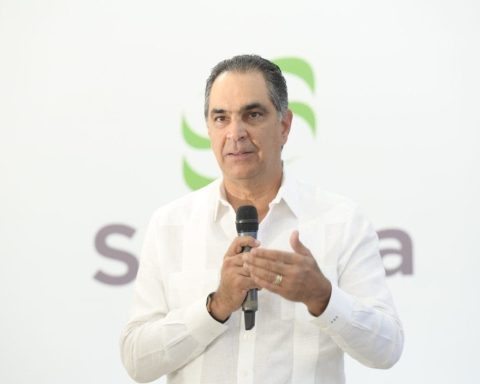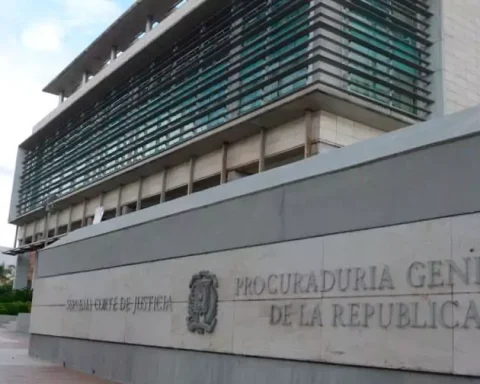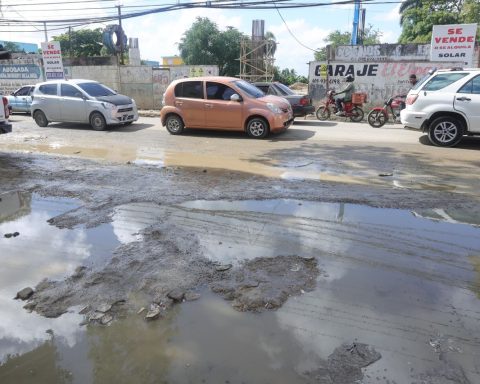New York. At a time when credit cards and other electronic payments are the main payment method worldwide, cash is surviving in the United States, in part because of the high fees imposed on card payments and because of the existence of millions of illegal workers who live in a parallel circuit.
Although in 2023 the percentage of Payments Cash fell to 16%, remaining the third most used payment method that year, behind credit and debit cards, according to the US Federal Reserve’s (Fed) annual report on consumer payment choices.
The central bank says cash use was driven by in-person purchases and the preference for coins and bills by two categories of the population – low-income consumers and those over 55. It doesn’t name it, but there is a third category. category– illegal immigrants.
In the case of receivers, the major The reason why businesses prefer this method is the commission of up to 4% per transaction charged by credit card companies and payment applications, economist Curtis Taylor, professor at Duke University (North Carolina), told EFE.
That’s why in cities like Los Angeles the “only” policy cash“It is very common, especially in the typical Mexican food carts that travel around the city,” Manuel Chacón, a Spaniard who tells EFE until A few months ago I was living in this city in California. The same thing happens with street fruit and vegetable stalls all over the country.
Similarly, New York is packed of establishments that hang the sign ‘only cash’ on their doors, especially in the Chinatown neighborhood, in some areas of Brooklyn, and, as in Los Angeles, in the mythical food trucks that can meet practically on every corner of the city.
Taxi drivers, fruit sellers, bicycle workshops or bricklayers
New York’s yellow taxis also offer two fares, with the cheapest one being for those willing to pay in cash.
This form of payment is recommended even in bicycle repair shops – “I went to a shop to fix a broken chain on my bike and the mechanic told me offered a lower price if I paid in cash,” John Williams, a young American living in the Big Apple, told EFE.
And it is also common in other sectors, such as construction. Rosa Torres tells EFE that when she hired a team of bricklayers to build a staircase in her house in New Jersey, they told her that if she did it without permits, municipalthe work would be cheaper but he would have to pay in cash or by transfer so as not to report to the authorities. The bill came to 3,000 dollars.
Torres also comments that in Miami, the city where he lived for a few years before moving to New Jersey, restaurants explained to customers that“because of taxes,” the price of the food was more expensive if they paid by card.
A Brooklyn construction company that prefers not to give its name employs to legal and illegal workers; the latter are paid with envelopes full of hundred-dollar bills every two weeks, and this money escapes all official radars.
A legal but dangerous payment method
The use of this payment method has “few advantages” for the economy, because “it facilitates black markets such as that of narcotics, and the evasion “tax,” Taylor explains.
However, the law does not prohibit establishments from favoring cash payment, something that benefits small businesses that “tend to operate on narrow margins and cannot afford such commissions,” the professor emphasizes.
However, he points out that cash is less secure, because “it is susceptible of theft, embezzlement or loss and also requires frequent visits to the bank.”
The high commissions linked to dataphones led a group of retail merchants in the city to withdraw their payments in 2005. city New York sues Visa and Mastercard for charge to the sellers these rewards every time the customers used their cards in these devices.
Last June, a federal judge in a court in the District East New York formally rejected a $30 billion deal between the two companies and this group of sellersthus prolonging a litigation that has been going on asset decades and highlights the complicated coexistence between both payment methods.

















